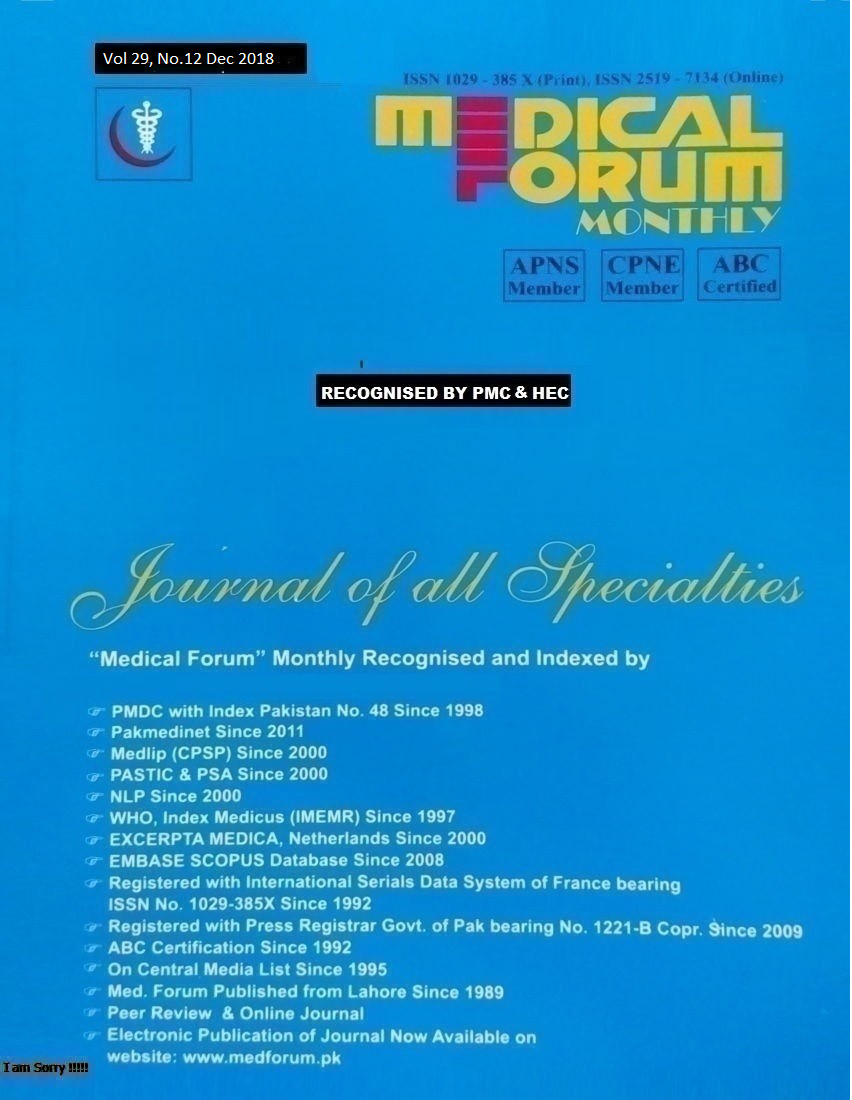
15. Smile Predilections of Dental Specialists, Art Students and Lay Persons for Varying Lip Thicknesses
Nabila Anwar, Rizwan Shah and Faisal Pasha
ABSTRACT
Objective: To identify ideal smile preferences of different professionals for varying lip thicknesses and to evaluate any perception differences between different professionals.
Study Design: Cross sectional study
Place and Duration of Study: This study was conducted at the Rehmat Memorial Post-graduate Teaching Hospital (Women Medical and Dental College Abbottabad) from May 2016 to February 2017.
Material and methods: One male and one female subject was selected with fairly ideal facial features and smile proportions. Three alternate lip thicknesses were generated by the use of photographs taken for the selected individuals. Smile parameters were also altered to produce different combinations of lip thicknesses and smile parameters (lip line, smile width and smile arc). These pictures were then rated by different professionals for attractiveness.
Results: The total number of raters was 100 with the mean age of 30.3 years ± 8 years. The altered smile parameters produced statistically significant difference in the esthetic scores of raters. For thick lip subjects, preferred smile was a medium width flat smile which is characterized by a lip line with increased upper and lower incisor show. For medium lip thickness, preferred smile was a consonant broad smile with a lip line that showed the upper incisors only.
Conclusion: Smile predilections of dental specialists, arts students and lay persons were found for varying lip thicknesses.
Key Words: Lip thickness, Lip line, Smile width, Smile arc
Citation of articles: Anwar N, Shah R, Pasha F. Smile Predilections of Dental Specialists, Art Students and Lay Persons for Varying Lip Thicknesses. Med Forum 2018;29(12):58-62.
